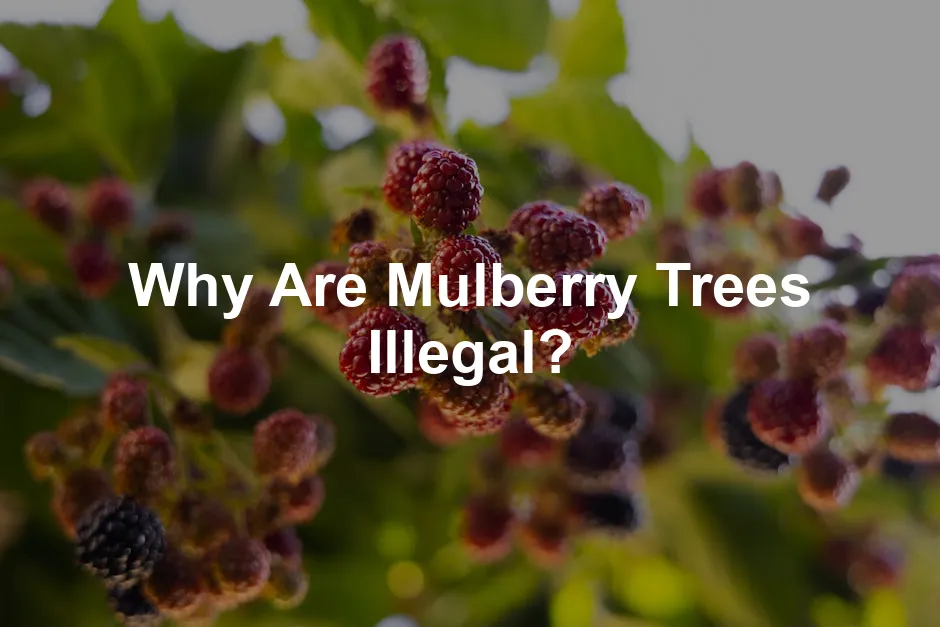
Why Are Mulberry Trees Illegal?
Introduction
Mulberry trees spark debate across various regions. They offer tasty berries and shade but come with drawbacks. These trees can cause significant issues, leading some areas to ban them. Let’s explore the reasons behind their controversial status.
Summary and Overview
Mulberry trees belong to the Morus genus and include several species, like the white (Morus alba) and red mulberry (Morus rubra). Known for their sweet, edible berries, these trees are often planted for their aesthetic appeal and wildlife benefits. However, their invasive nature raises concerns. In particular, the white mulberry can outcompete native flora, disrupting local ecosystems. Communities from El Paso to Tucson have imposed bans, citing health issues and environmental impacts. This article will discuss the history, ecological concerns, and reasons for these legal restrictions.
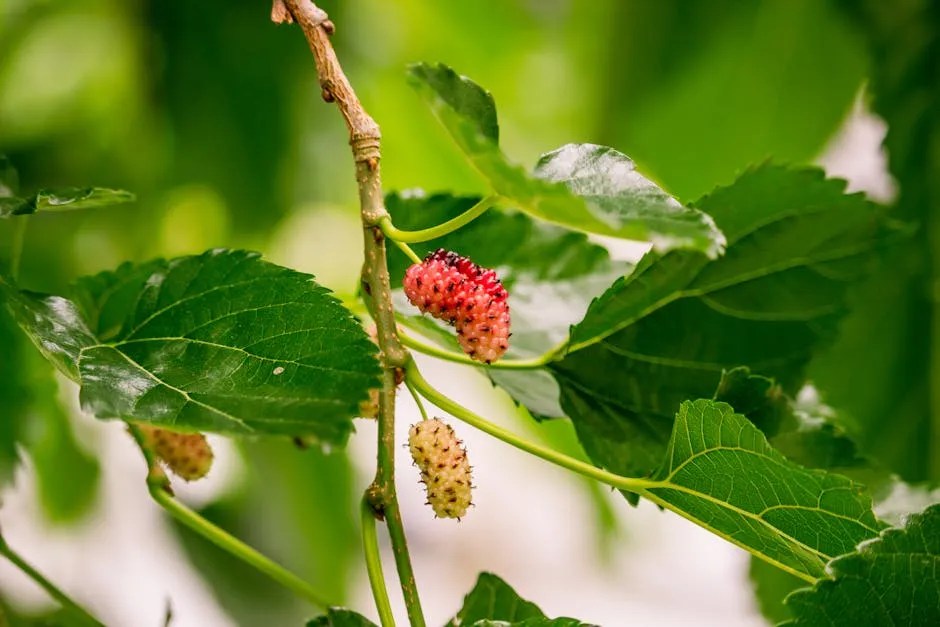
If you’re curious about growing your own mulberries, you might want to start with some seeds. Check out Morus Alba (White Mulberry) Seeds for a chance to cultivate your own berry-bearing beauties!
The Controversy Surrounding Mulberry Trees
Historical Context
Mulberry trees were introduced to North America in the 17th century, initially for silk production. The white mulberry, native to Asia, thrived in various climates. Over time, its invasive nature became apparent. Regions like Tucson and Las Vegas began banning the trees in the 1980s and 1990s. These restrictions aimed to protect local ecosystems and public health. In many places, the red mulberry remains legal and appreciated for its benefits. However, its close relative, the white mulberry, continues to cause challenges for communities striving to maintain ecological balance.

Curious about what else you can grow? The Morus Rubra (Red Mulberry) Seeds are a fantastic alternative! These trees are less invasive and can provide a delicious harvest while supporting local wildlife.
Ecological Concerns
Certain mulberry species, especially the white mulberry, have become invasive. Originally from Asia, the white mulberry (Morus alba) thrives in various environments. Its rapid growth allows it to spread aggressively, often outcompeting native plants. This invasion disrupts local ecosystems, leading to significant ecological challenges.
The hybridization between white mulberry and native species, such as the red mulberry (Morus rubra), poses a serious threat. This blending can dilute the genetic integrity of native plants. As a result, local flora suffers, which affects the entire ecosystem, including animal species that rely on native plants for food and habitat.
Statistics show that invasive species like the white mulberry contribute to biodiversity loss. Invasive plants are responsible for about 42% of the decline in native plant species globally. This alarming trend emphasizes the need for proactive measures against such invasions to protect local biodiversity.
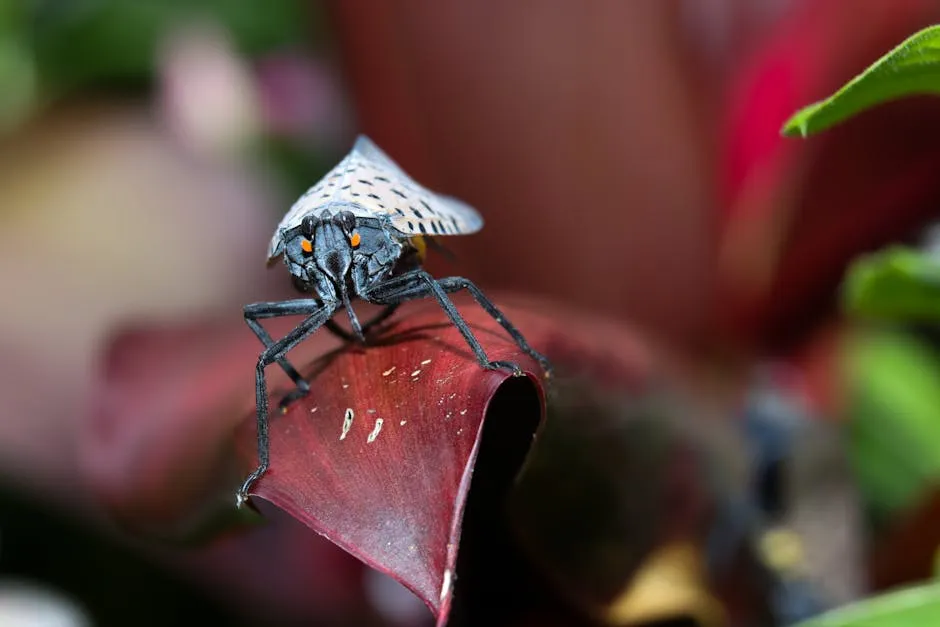
Reasons for the Ban on Mulberry Trees
Allergic Reactions
Mulberry trees, particularly male varieties, produce high levels of pollen. This pollen is notorious for triggering allergic reactions. Many people suffer from severe symptoms, including asthma and respiratory issues. In fact, studies indicate that over 30% of individuals in urban areas report allergies linked to mulberry pollen.
Cities like Las Vegas have taken action against these trees. In the early 1990s, they banned not just fruiting, but also fruitless mulberry trees as a precaution. The excessive pollen poses a public health risk, making it crucial for municipalities to consider alternatives.

Messiness and Property Damage
Fallen fruits from mulberry trees create messes in urban settings. They can stain sidewalks, driveways, and vehicles, leading to maintenance headaches. The sticky residue not only damages property but also attracts pests, further complicating urban management.
Moreover, mulberry trees have aggressive root systems. These roots can damage infrastructure, including sidewalks and underground utilities. Property owners face the burden of costly repairs and maintenance when these trees are present. As a result, many communities have opted to prohibit their planting to avoid these issues and promote cleaner, safer environments.

Speaking of maintaining your garden, having the right tools can make all the difference! Consider investing in some quality Gardening Gloves to protect your hands while you tackle those pesky weeds!
Are All Mulberry Trees Illegal?
Differentiating Species
Mulberry trees come in three main types: white, black, and red. The white mulberry (Morus alba) is known for its invasive tendencies. It can outcompete many native plants, disrupting local ecosystems. This tree was introduced from Asia and has spread rapidly.
In contrast, the black mulberry (Morus nigra) and red mulberry (Morus rubra) are native to North America. They are generally less invasive and are often appreciated for their ecological benefits. Red mulberries, for instance, support local wildlife and enhance biodiversity.
In many regions, only the white mulberry faces restrictions. Some areas allow the planting of black and red varieties, promoting their growth to replace invasive species. These native trees provide food for birds and other wildlife, making them a better choice for local landscapes.
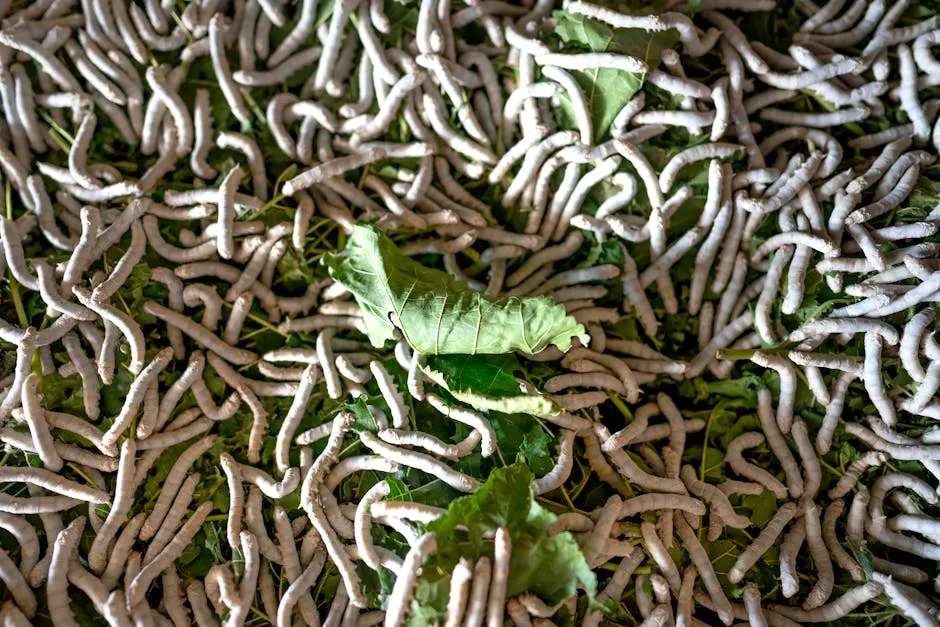
Legal Status by Region
The legality of mulberry trees varies widely by location. In the Southwestern United States, cities like El Paso, Tucson, and Las Vegas have banned the white mulberry. These bans stem from environmental concerns and public health issues related to pollen allergies.
However, not all mulberry trees are illegal. In areas where the red and black varieties are legal, residents can plant them without worry. Some regions may require permits or have specific guidelines for planting any type of mulberry. Always check local regulations before deciding to plant a mulberry tree in your yard. Understanding these laws helps ensure compliance and supports local ecosystems.

The Edibility of Mulberries
Nutritional Benefits
Ripe mulberries pack a nutritious punch. They are rich in vitamins C, K1, and E, along with iron and potassium. These small berries are also high in antioxidants, which help combat free radicals in the body. Eating ripe mulberries can support your immune system and overall health.
It’s crucial to consume only ripe berries. Unripe mulberries can be toxic, leading to stomach discomfort. Ripe mulberries turn a deep purple or black and are sweet and juicy. Their delightful taste makes them perfect for pies, jams, and smoothies. Culturally, mulberries have significance in many regions, often celebrated in festivals and traditional dishes.

Speaking of jams, if you want to try making your own, you can’t go wrong with Mulberry Jam. It’s a tasty way to enjoy the fruits of your labor!
Safety Concerns
While mulberries are tasty, caution is essential. Unripe mulberries contain compounds that can be harmful, especially for pets and young children. The white sap present in unripe berries and leaves is particularly toxic. Parents should educate children about safe berry picking.
To identify safe mulberries, look for fully colored berries that easily detach from the stem. Avoid any with white sap or that appear green. Always supervise children while foraging, and keep pets away from unripe fruits to ensure everyone’s safety.
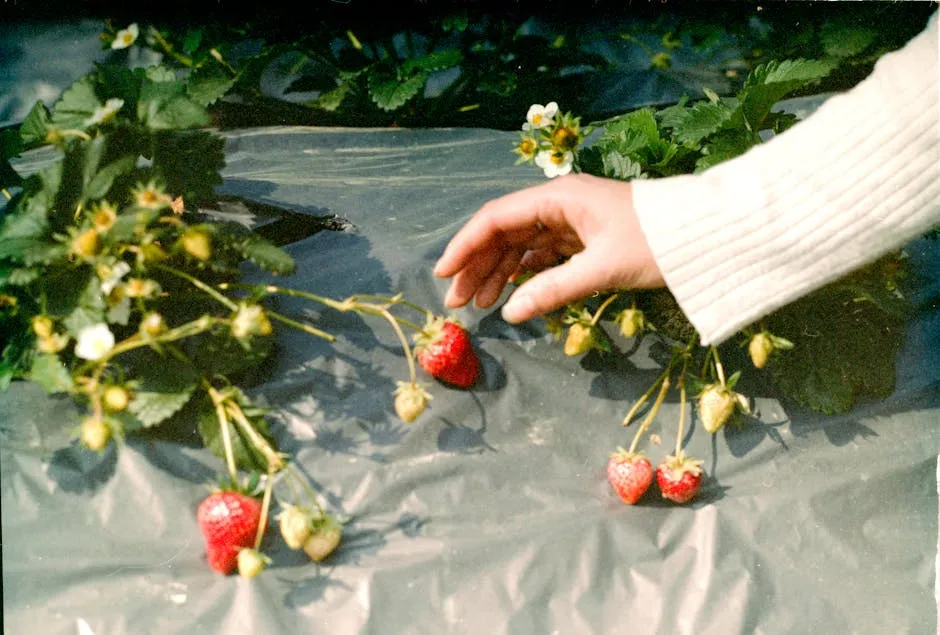
Alternatives to Mulberry Trees
Other Fruit-Bearing Plants
If you live in an area where mulberry trees are illegal, there are many wonderful alternatives. Consider planting raspberries and blackberries. Both produce delicious fruit and thrive in similar conditions. They also offer a habitat for local wildlife, supporting biodiversity.
Blueberries are another excellent choice. They not only provide nutritious berries but also attract pollinators. Planting these alternatives can enhance your garden while adhering to local regulations. Native fruit-bearing plants, like serviceberries, can also be beneficial. They support local ecosystems by providing food for birds and other wildlife.

If you want to get started with growing berries, check out some Organic Raspberries Seeds that can bring a burst of flavor to your garden!
Promoting Native Flora
Encouraging the growth of native plants can significantly help local ecosystems. Native flora is better adapted to the local environment, requiring less water and maintenance. They also provide essential habitats for local wildlife, contributing to a healthier ecosystem.
For those looking to replace mulberry trees, consider seeking local resources that can guide you in selecting suitable native plants. Many gardening centers offer native plant sales or workshops. This way, you can enhance your landscape while supporting biodiversity in your area.

While you’re at it, consider picking up a Native Plant Gardening Book to inspire your garden choices!
Promoting Native Flora
When considering alternatives to mulberry trees, think about native plants. Planting local flora supports biodiversity and strengthens ecosystems. Native plants thrive in their environment, needing less water and care. They also provide vital habitats for local wildlife.
Many native trees offer fruit and beauty, enhancing your landscape. Consider options like serviceberries or black cherries. These trees not only produce delicious fruit but also attract pollinators.
To find suitable replacement plants, check local resources. Many gardening centers and conservation organizations offer native plant guides. These resources can help you select the best plants for your area. Embracing native flora benefits the environment and creates a vibrant, sustainable garden.

Conclusion
In summary, mulberry trees face bans due to their invasive nature, health risks, and property damage. While they provide benefits like fruit, the challenges often outweigh them. It’s essential to choose trees wisely, especially in areas with specific regulations. By supporting native plants, you contribute to healthier ecosystems, ensuring a balanced approach to landscaping and gardening. Always stay informed about local planting guidelines to make responsible choices.
FAQs
What types of mulberry trees are illegal?
The most commonly banned species are the white mulberry (*Morus alba*) and, in some areas, the fruitless varieties. Their invasiveness and high pollen production lead to health and environmental concerns. Local authorities often prohibit these trees to protect native ecosystems.
Can I plant mulberry trees in my area?
To determine if you can plant mulberry trees, check local regulations. Some regions allow certain species, while others impose strict bans. Contact your local horticultural society or municipal office for accurate information.
Are there any benefits to planting mulberry trees?
Yes, where legal, mulberry trees can provide shade and food for wildlife. The berries are nutritious and enjoyed by various birds. However, responsible gardening practices are essential to mitigate any potential issues.
What should I do if I have a mulberry tree in my yard?
If you have a mulberry tree, check local laws regarding its management. You may need to consider removal if it’s an invasive species or poses health risks. Consulting with a local arborist can provide guidance on best practices.
How can I identify different types of mulberry trees?
To distinguish between species, observe leaf shape, tree height, and fruit color. White mulberries have glossy leaves and produce fruit in various colors. Red mulberries typically have a more oval leaf shape and are native to North America.
What are the best alternatives to mulberry trees?
Consider planting native fruit trees like serviceberries or pawpaws. These plants offer delicious fruit, support local wildlife, and thrive in your area. They also help maintain ecological balance without the challenges posed by mulberries.
How do mulberry trees affect local wildlife?
In their native habitats, mulberry trees provide food for numerous species. However, in non-native areas, they can outcompete local plants, disrupting food sources for wildlife. Promoting native plants helps maintain healthier ecosystems for local fauna.
To understand more about the implications of planting mulberry trees, especially regarding their legality, check out this article on why are mulberry trees illegal.
Don’t forget to keep your garden thriving with some Organic Fertilizer to ensure your plants are happy and healthy!
Please let us know what you think about our content by leaving a comment down below!
Thank you for reading till here 🙂
All images from Pexels




